We currently employ the following sequencing platforms:
The introduction of DNA sequencing instruments capable of producing millions of DNA sequence reads in a single run has profoundly altered the landscape of genetics and cancer biology. Complex questions can now be answered at previously unthinkable speeds and a fraction of their former cost. At the Sequencing Facility, NCI researchers are provided access to the latest technologies, with consultation and Q&A services available throughout the design and execution of sequencing projects.
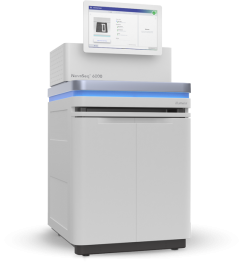
Short Read Sequencing Technology
Illumina Sequencing
- Available resources include NovaSeq6000, NextSeq2000 and MiSeq sequencer
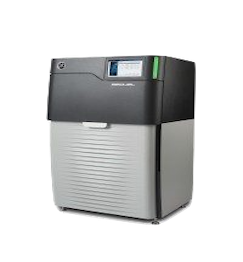
Long-Read Technologies
PacBio Sequel II Sequencing
- Amplification-free sequencing via Single-Molecule Real-Time (SMRT) technology enables rapid identification of long nucleotide chains and DNA methylation.
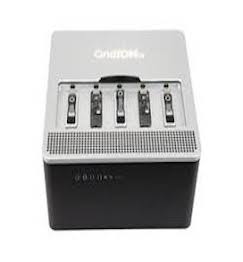
Long-Read Technologies
Oxford Nanopore Technologies (ONT)
- The Sequencing Facility offers several ONT devices with different throughput capacities: GridION (up to 50 GB per flow cell) and PromethION 2 Solo (up to 200 GB per flow cell).
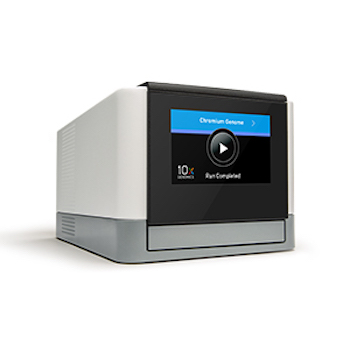
Single-Cell Technologies
10X Genomics
- 10X Genomics Chromium X system can partition hundreds of thousands of fresh, frozen, or fixed cells in a single run.
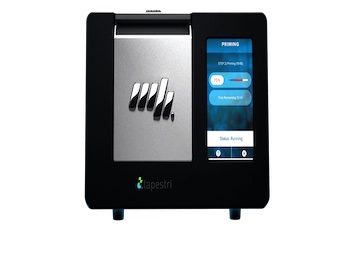
Single-Cell Technologies
Mission Bio Tapestri
- Mission Bio Tapestri platform can provide both genotype and phenotype data from the same cell.
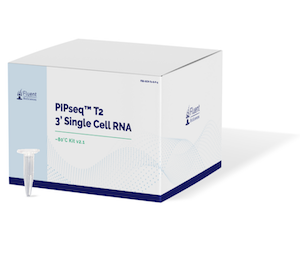
Single-Cell Technologies
Fluent BioSciences PIPseq
- Instrument-free single-cell RNA-seq (3’ gene end counting)
- Application areas: Cancer, Immunology, neurosciences, infectious diseases
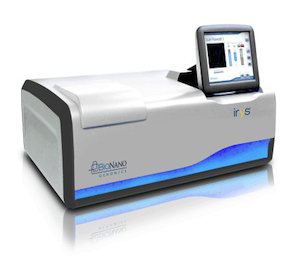
Optical Mapping Technologies:
Bionano Genomics
- Bionano’s non-sequencing-based genome mapping technology images and analyzes extremely long, high-molecular-weight DNA
- Facilitate identification of structural variants and creation of de novo genome assemblies
